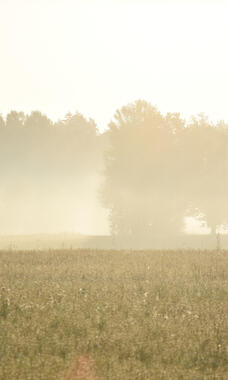Mold needs moisture to grow. Due to Vermont’s humid climate, mold is commonly found in homes.
PRESS RELEASE For Immediate Release – June 29, 2023 Contact: Bennet Leon, Air Quality Planning Section Chief Department of Environmental Conservation 802-249-4221, Bennet.Leon@vermont.gov Katie Warchut Vermont Department of Health 802-355-9838 / 802-863-7281, Katie.warchut@vermont.gov Vermont DEC Issues Air Quality Alert for...
Ozone is a colorless gas with a noticeable smell. Although ozone is naturally found in the atmosphere, it is also a main part of air pollution called smog.
“Particulate” is a general name given to a tiny solid or liquid particle or piece of matter. It usually refers to particles in the air (airborne particulates).
Using Pesticides in Your Home Pests in and around our homes can be a nuisance. Pests include insects (for example, cockroaches, bed bugs, wasps, and garden bugs), rodents (for example, mice and rats), and weeds. The pesticides, or chemicals, we...
PCBs are a group of human-made chemicals that can cause serious health problems. Vermont has requirements for schools built or renovated before 1980 to test for PCBs in indoor air and to make fixes if levels are high.
One in seven Vermont homes has unsafe levels of radon. Radon is a naturally occurring radioactive gas that can cause lung cancer. Testing is the only way to know if it is in your home.
For most school children and staff, the second largest contributor to their radon exposure is likely to be their school. In 2021, the Vermont legislature passed a law requiring all schools to test for radon.
Responding to climate change will benefit health now.
Volatile organic compounds, or VOCs, is the name given to substances that contain carbon and evaporate or “off-gases” at room temperature.

